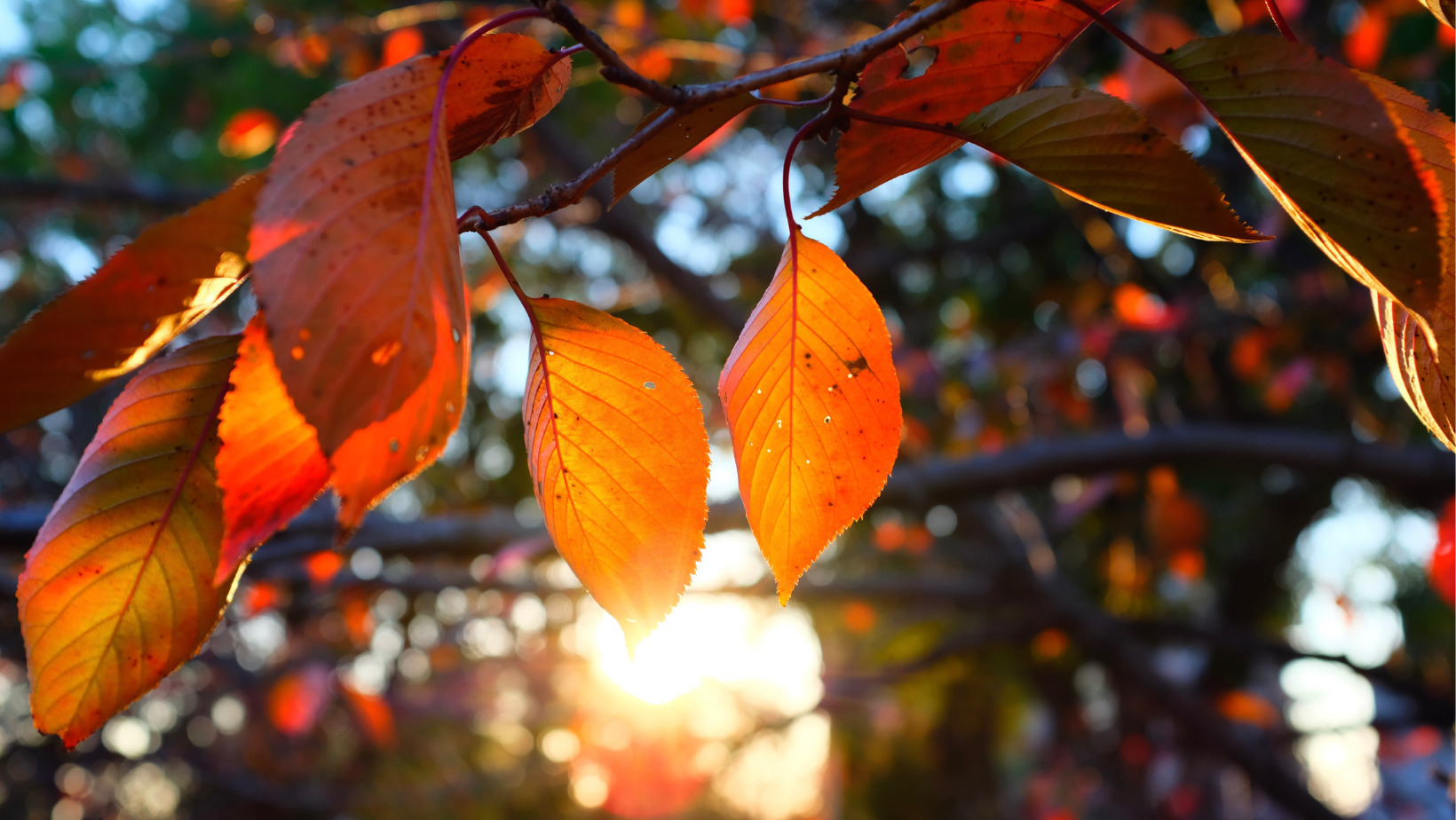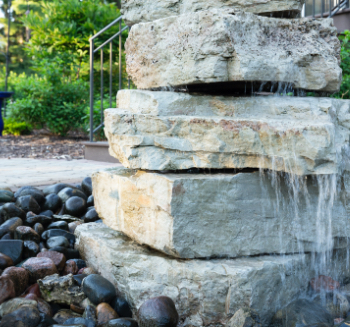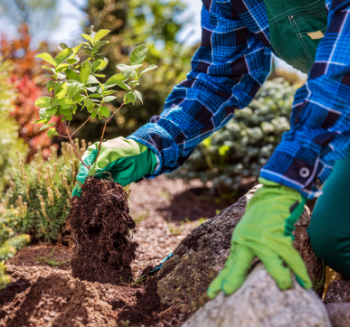Fall Lawn and Landscape Care Guide

Fall is often the forgotten season for lawn and landscape care. A lot of people simply focus on cleaning up all the fallen leaves–and don't realize that their yard does still need care in order to keep it healthy for the next spring. Here are some tips for keeping your yard healthy this fall.
Pull Weeds
If you pull the weeds now, you will be faced with fewer weeds next season.
Rake Debris
Remove and rake all leaves in the yard to avoid any damage to the grass so you can enjoy a healthier lawn in future seasons. Doing so will also protect your water quality. In winter, freezing and then thawing can cause dead grass plants, leaves, and other organic debris to release soluble forms of phosphate and nitrates. If these chemicals are able to run off the frozen ground during the spring snowmelt and early spring showers, they can end up in surface water. Also, consider composting the leaves.
Seed and Fertilize
This time of year is the ideal time to give your lawn the TLC it needs after all the heat and activity of summer before the harsh winter weather. Typically, cool-season grasses should be fertilized from September through November, and warm-season grasses should be fertilized a bit earlier on in the year. Seed the dead and bare spots and overseed the entire lawn to get plush, dense grass that's rich in color.
Give Your Yard a Deep Water
Complete a deep watering of your shrubs and trees after the leaves fall from the trees and prior to turning the outside water off for the season.
Keep Your Grass at 2 to 2 1/2 Inches in Height
If your grass gets much taller than this, it will mat. This could potentially lead to winter lawn disease problems–including snow mold. If you cut your lawn shorter than 2 inches, you will severely limit its ability to create and store food for growth in the spring.
Water and Equipment
Turn off water lines to the outside. If you have an automatic irrigation system installed, avoid any damage by having it blown out with compressed air prior to the water in the pipes freezing.
Prune Plants
You'll want to cut most perennials back close to the ground. Many of your landscape plants can benefit from taking the time to ensure they are trimmed down properly before winter. This healthy pruning, when done properly, allows your plants to retain their shape when they push their new growth the following spring.
One thing to note: there are certain plants that should not be cut back during the fall. Specifically, shrubs that bloom during the spring. These plants should be trimmed immediately after bloom. Click here for more tips on protecting your plants from frigid temperatures.
Your Landscape Professionals can Always Help
While this is not an exhaustive list, following these fall recommendations will help ensure the health and beauty of your yard. If you have any additional questions about caring for your landscaping this fall, the experts at Dundee would be happy to help.



